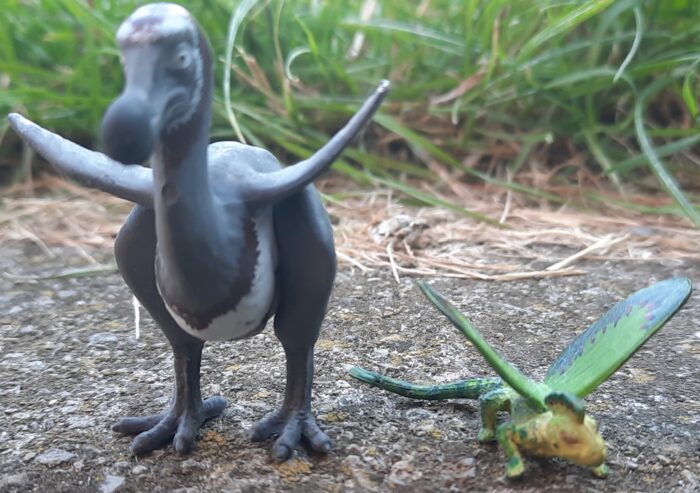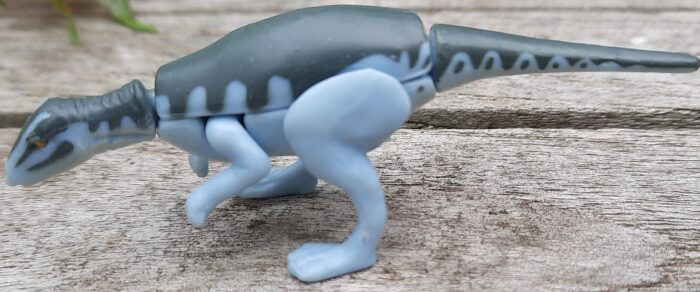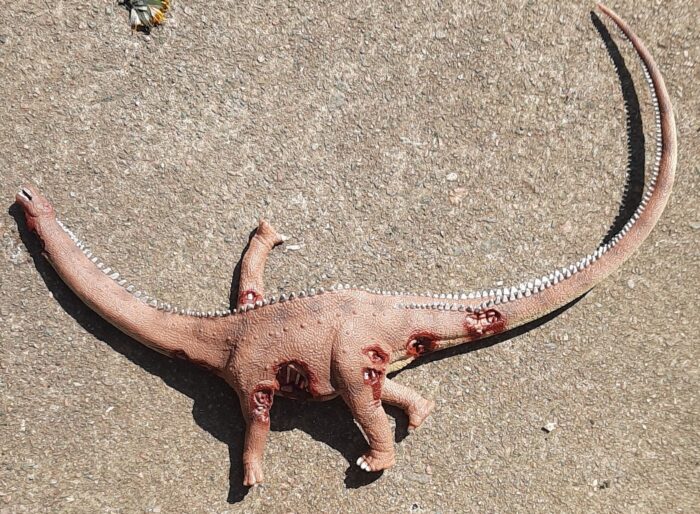When it comes to TV shows, a chance to make merchandise and thus more money is a major point. With the success of the Doctor Who figures based on the series, ITV’s own time travel based show, Primeval, attempted the same. It ran for the first two series, but no further.
Author: Indohyus
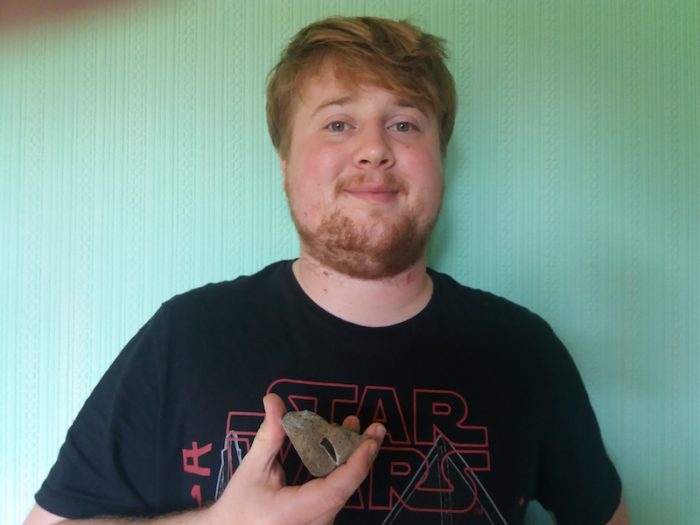 Growing up in the late 1990s and early 2000s was great for moulding me into a dino fan. Jurassic park films were fresh, and even better, the ‘Walking With’ trilogy was produced. I watched ‘Dinosaurs’ and then ‘Beasts’. Especially ‘Beasts’. From there, I went on digs across the U.K., and eventually got my degree in palaeontology from Portsmouth university. I am (at the time of writing this) doing my masters in anthropology and museum studies, hoping to become a curator. My love of plastic extinct animals is as strong as ever, and I dare say it will only get stronger!
Growing up in the late 1990s and early 2000s was great for moulding me into a dino fan. Jurassic park films were fresh, and even better, the ‘Walking With’ trilogy was produced. I watched ‘Dinosaurs’ and then ‘Beasts’. Especially ‘Beasts’. From there, I went on digs across the U.K., and eventually got my degree in palaeontology from Portsmouth university. I am (at the time of writing this) doing my masters in anthropology and museum studies, hoping to become a curator. My love of plastic extinct animals is as strong as ever, and I dare say it will only get stronger!All reviews by this author
Review: Stegosaur (Lost Kingdoms Series B by Yowie)
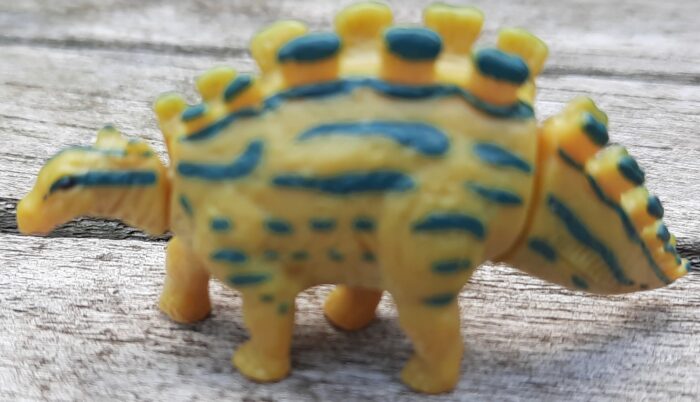
Yowie has a very interesting and vast collection of prehistoric critters in their lines, though some have been a pain to write up owing to the lack of material to discuss accuracy with. However, at least most of these had something to go off. This figure, however, is so vague in it’s written material that it is odd that it was included: Yowie’s Stegosaur.
Review: Rebbachisaurus (Jurassic Hunters by Geoworld)

The Cretaceous period was a time of mighty titans among the dinosaurs, with gigantic animals all across the globe. Largest of these were the sauropods, and they reached monumental sizes, from pony sized to thirty metre giants. They were present on almost every continent, with several on Africa.
Review: Atlascopcosaurus (Lost Kingdoms Series B by Yowie)
Review: Parasaurolophus (Jurassic Hunters by Geoworld)
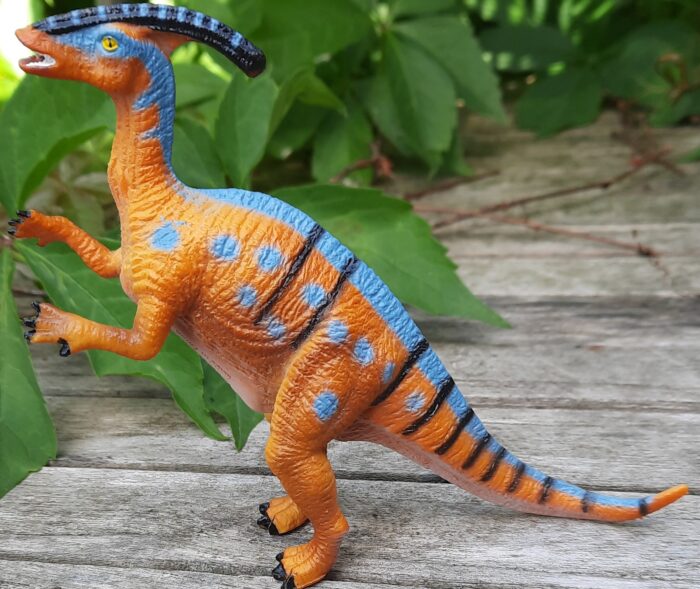
Of all the Hadrosaurs, Parasaurolophus is by far the most commonly produced in toy lines. It’s flashy headpiece is likely the main reason, as the rest of the body is somewhat lacklustre. Sizeable, but not the most interesting. The crest is where it’s at, with the function and skin attachments being a major source of debate.
Review: Long-Necked Plesiosaur/Woolungasaurus (Lost Kingdoms Series A by Yowie)

While I do admire the Yowie line for it’s variety, several have given me headaches for being based off species known off bits and pieces, a leg bone or a finger. Fortunately, this isn’t the case for all, and here we have one such case, Woolungasaurus, an elasmosaurid plesiosaur from the early Cretaceous of Queensland, Australia.
Review: Therizinosaurus (Salvat)
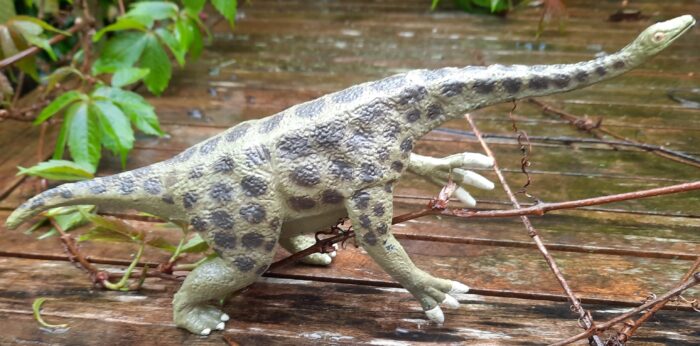
One issue that will always plague any creative outlet is this: plagiarism. Many will copy the best for a quick and easy way to get sales or attention. When it’s mentioned here, usually this is in referenced to Geoworld, and they are certainly guilty of this. However, they aren’t the only ones though.
Review: Steropodon (Lost Kingdoms Series A by Yowie)
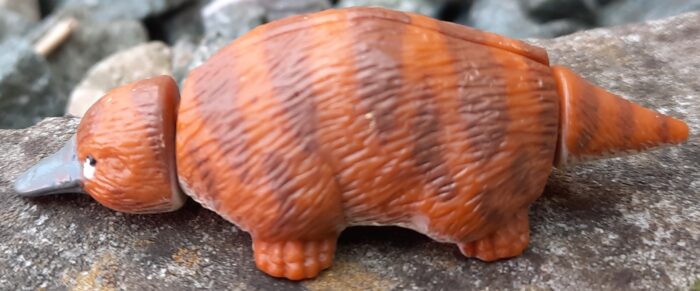
The Mesozoic saw the rise of the dinosaurs to dominance, as they were the largest and most successful animals around. But naturally, they weren’t the only creatures around, as this era saw the rise of birds and mammals. They were often small, especially during the Jurassic period, but they set the stage for their eventual take over once the dinosaurs bit the dust.
Review: Pachycephalosaurus (large) (UKRD)
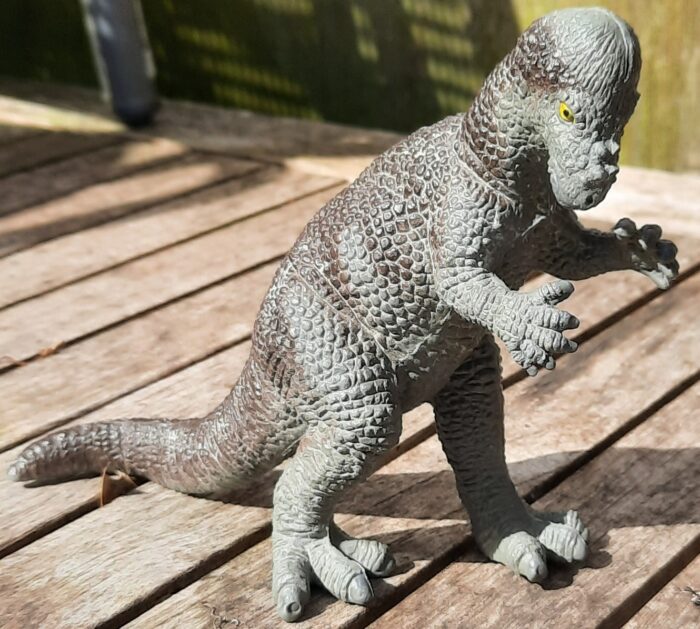
Marginocephalia is a clade full of interesting species that are largely hard to define by their body, with their only real definition being their heads. There are two groups, the ceratopsians (for which the number of models are near innumerable) and the less popular pachycephalosaurs. There are many figures of them, though far from the numbers of their ceratopsian counter parts.
Review: Rapator (Lost Kingdoms Series B by Yowie)

Australia has a wide array of species throughout the different periods and epochs. This has resulted in many different genus’ being constructed from the many pieces that had been found. Some have been erected from only a few pieces. Here, we see one such example, Rapator, a Mid-Cretaceous theropod known from a single metacarpal.
Review: Brontosaurus prey (CollectA)
Review: Triceratops horridus (The Fallen Queen Ver. 2) (Rebor)

The large female browses peacefully, unaware of the danger she is in. Her huge frill and horns block her vision, and the predator approaches from behind. Stealthily, the Tyrannosaurus moves into position. By the time the queen has realised her danger, it is too late, as the king sinks it’s huge teeth deep into her neck.
Review: Kakuru (Lost Kingdoms Series B by Yowie)
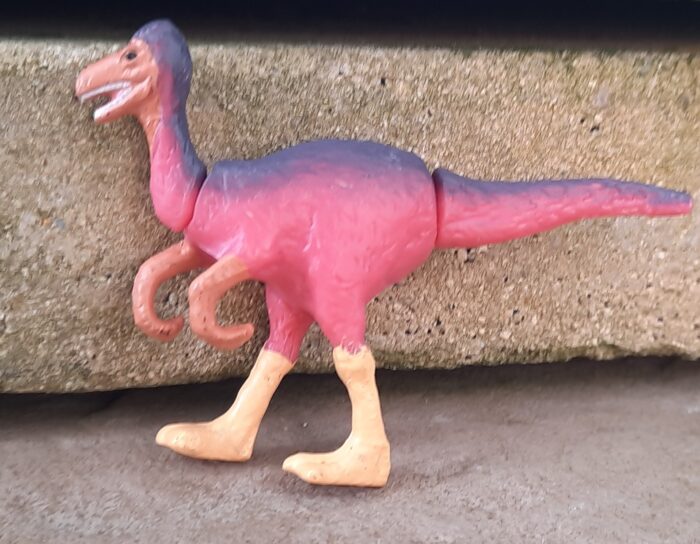
Ah, Yowie! It’s a great company, educating people on animals old and new, along with how their environments changed or can be saved. The prehistoric line really opens the eyes to many species most will never have heard of, learning something new. Many species, however, are based on very limited material, so can cause headaches when trying to assess them.
Review: Mosasaurus (DinoWaurs Survival)
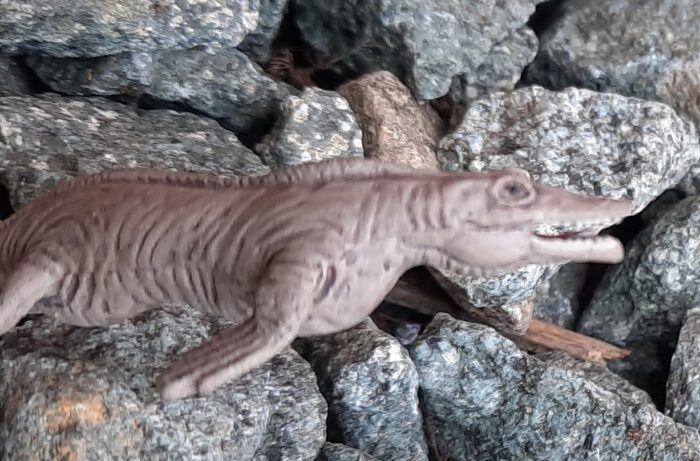
Greetings DinoWaurriors!! As mentioned before, Dinowaurs is great for what they were willing to try in their line. Pterosaurs, therapsids and marine reptiles all feature alongside dinosaurs. Here, we take a look at another mighty reptile that dominated the late Cretaceous seas, Mosasaurus. Mosasaurs were one of the major successes at the end of the age of reptiles, and Mosasaurus were the largest of all, hunting anything in their biome.
Review: Giralia Pterosaur (Lost Kingdoms Series B by Yowie)
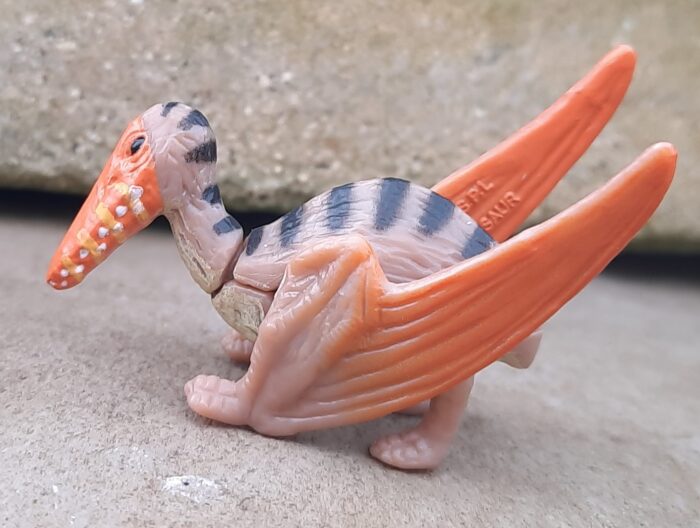
I do like Yowie for it’s diversity, especially among the animals of Gondwanaland. What I often get irritated about is that a proportion of them are based on very limited fossil material. I have reviewed several already, all named. This one, however, is not. This is the Giralia Pterosaur, an as yet unnamed pterosaur from Australia, being one of the largest and youngest found there.

